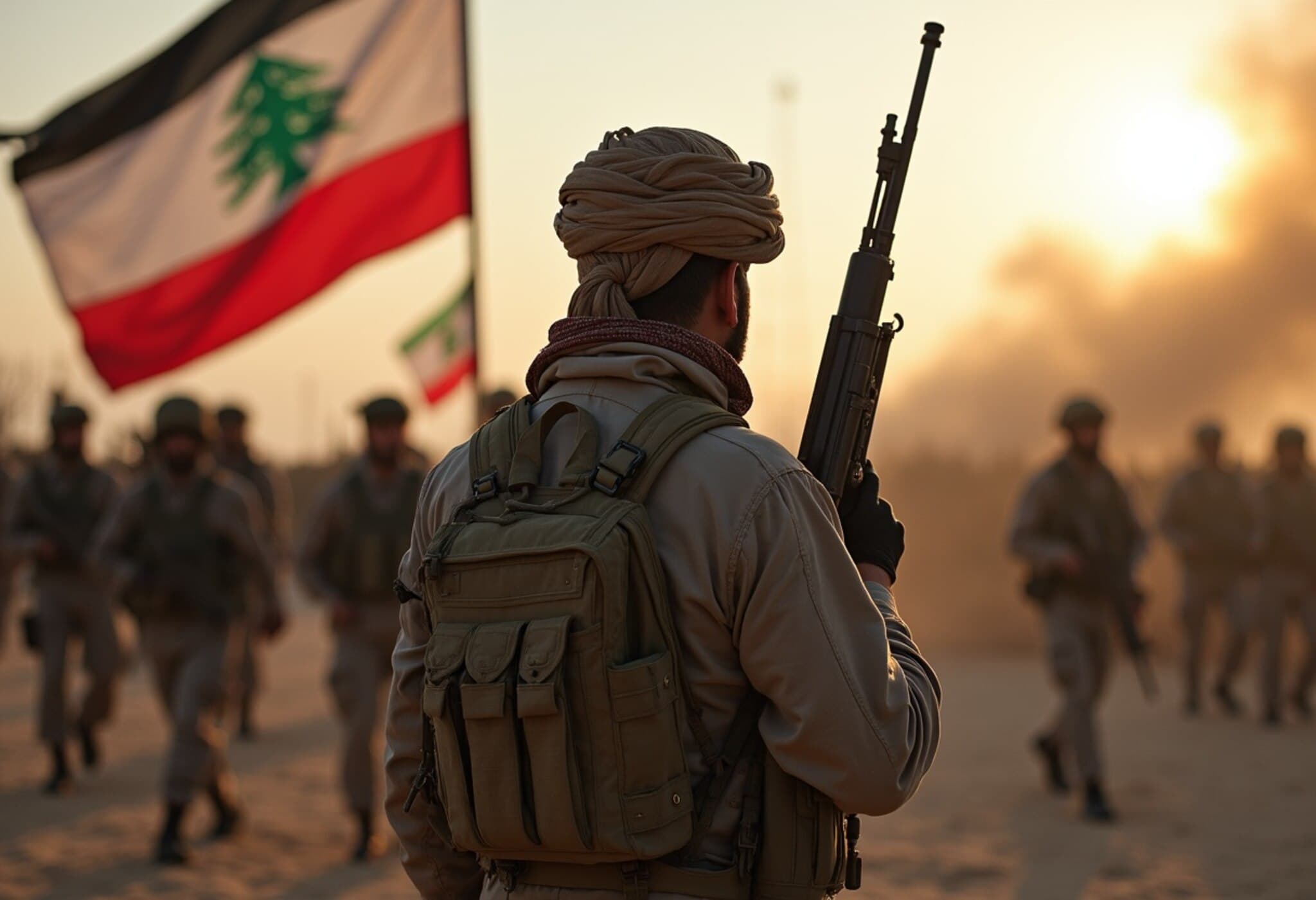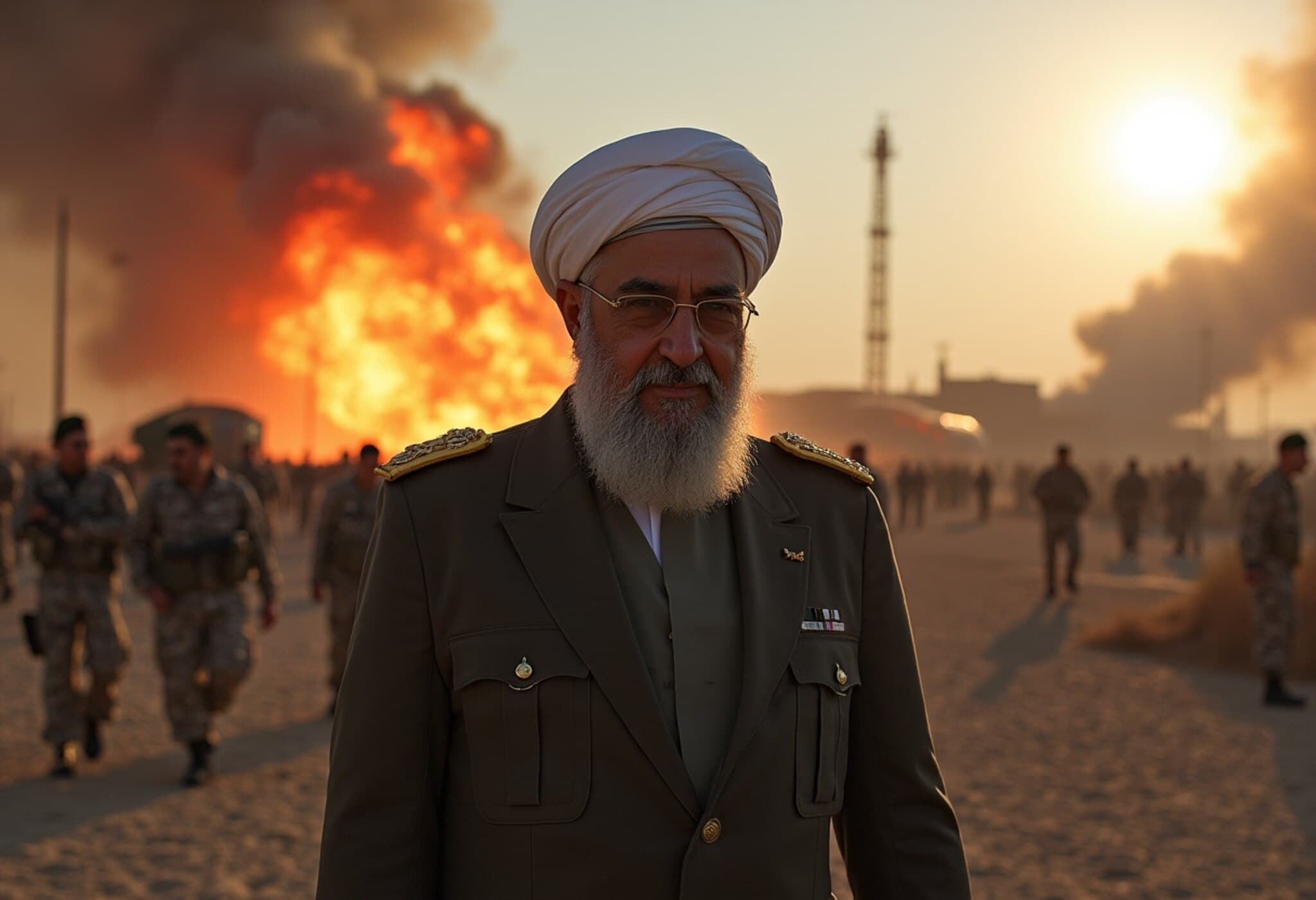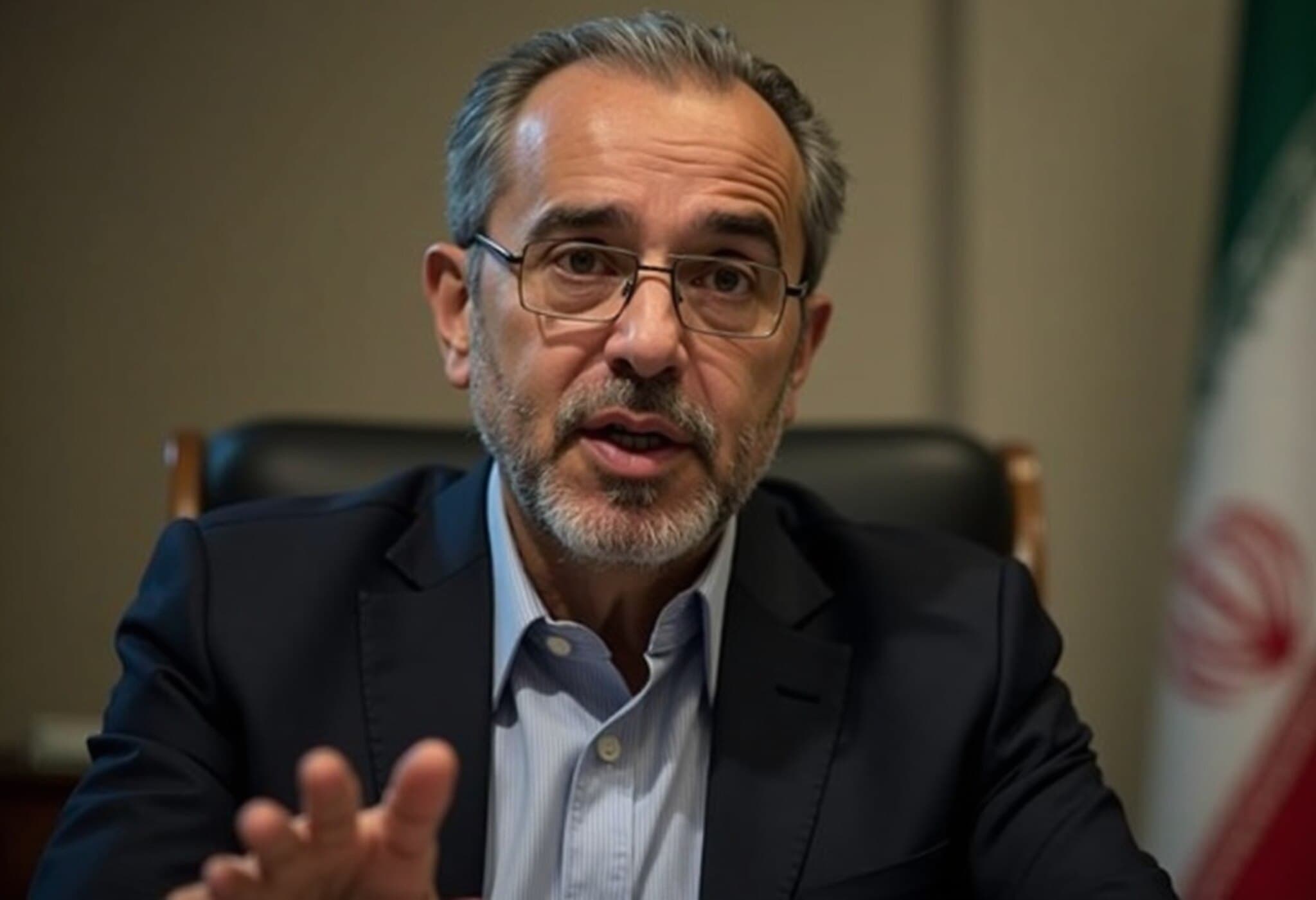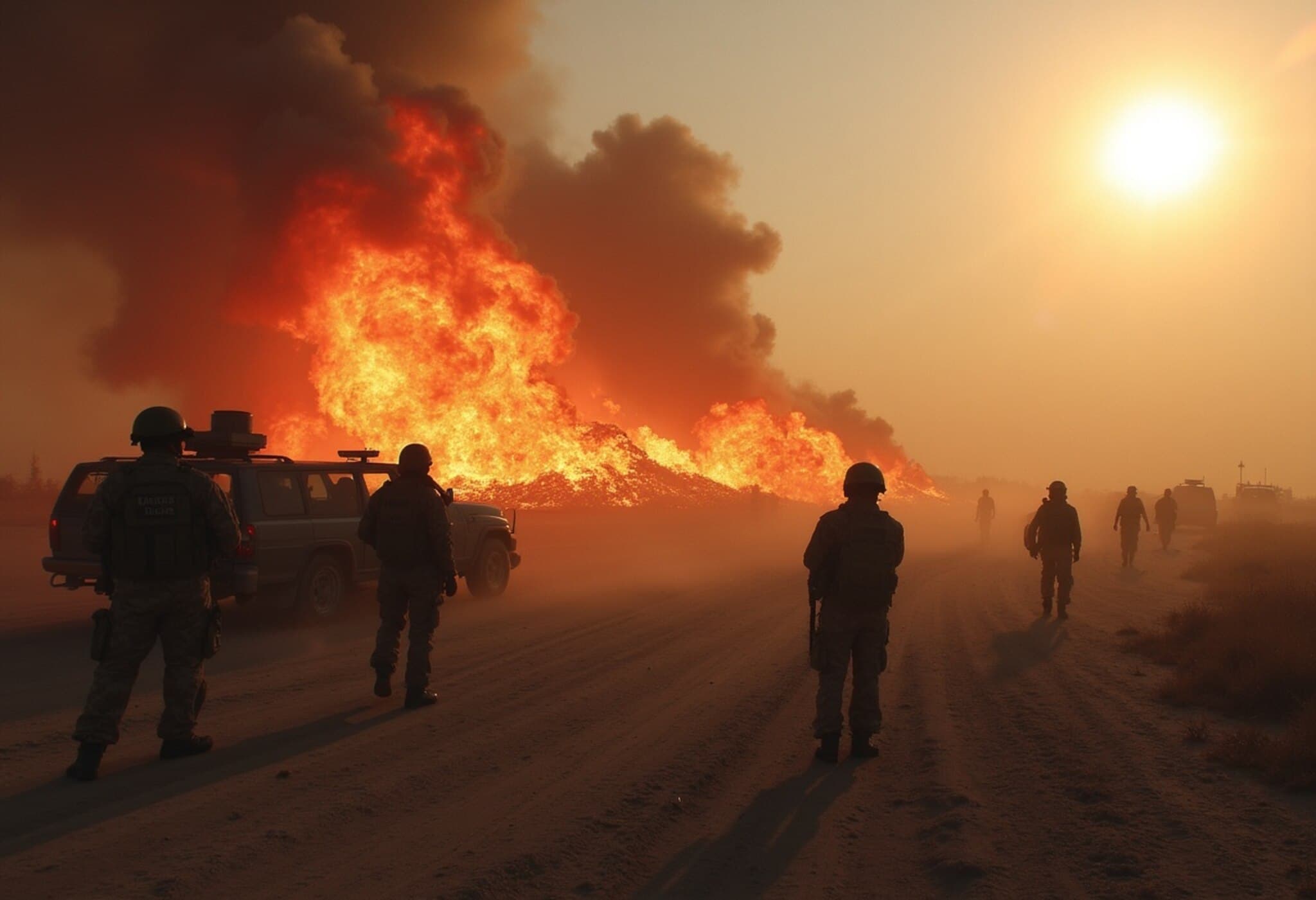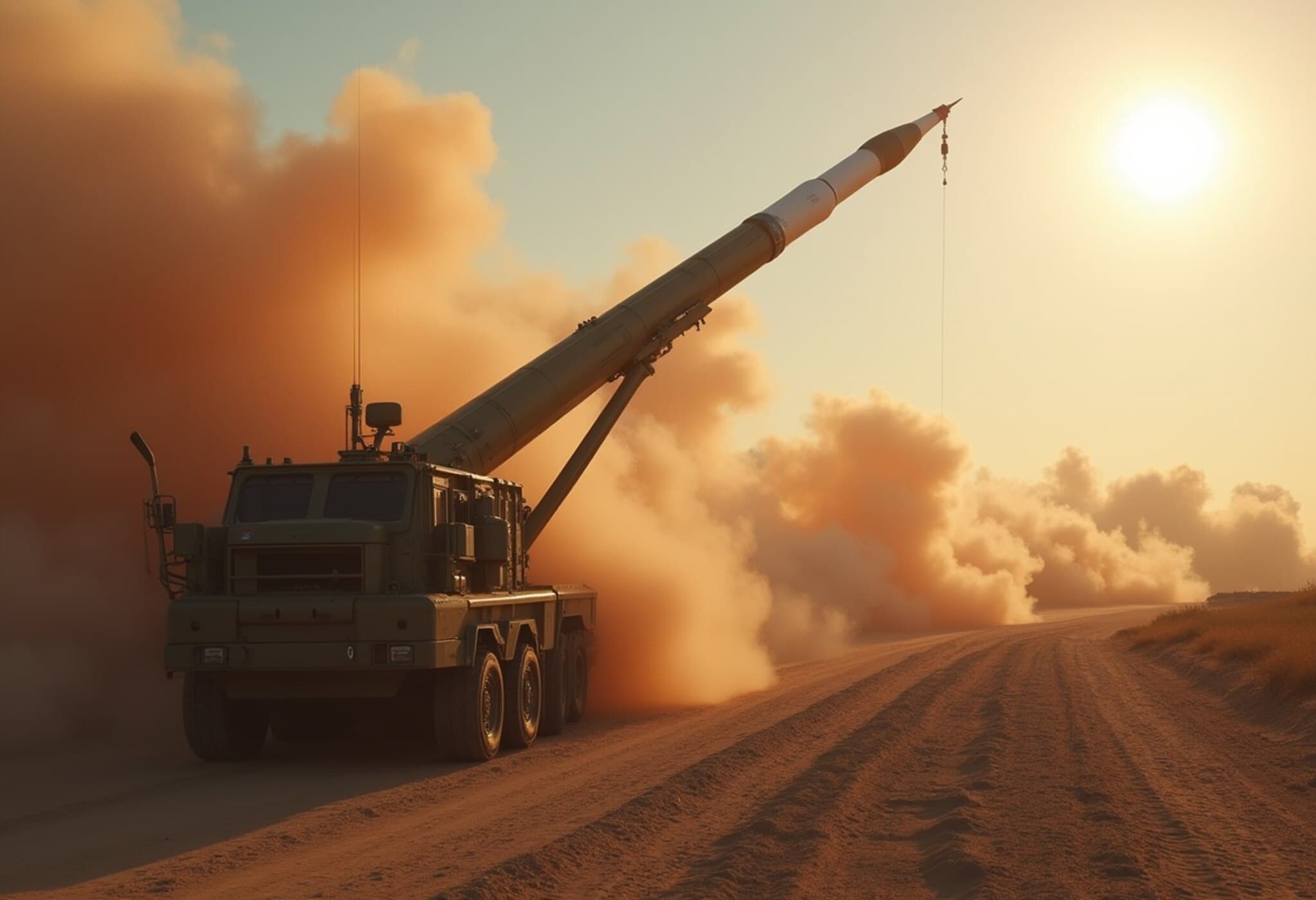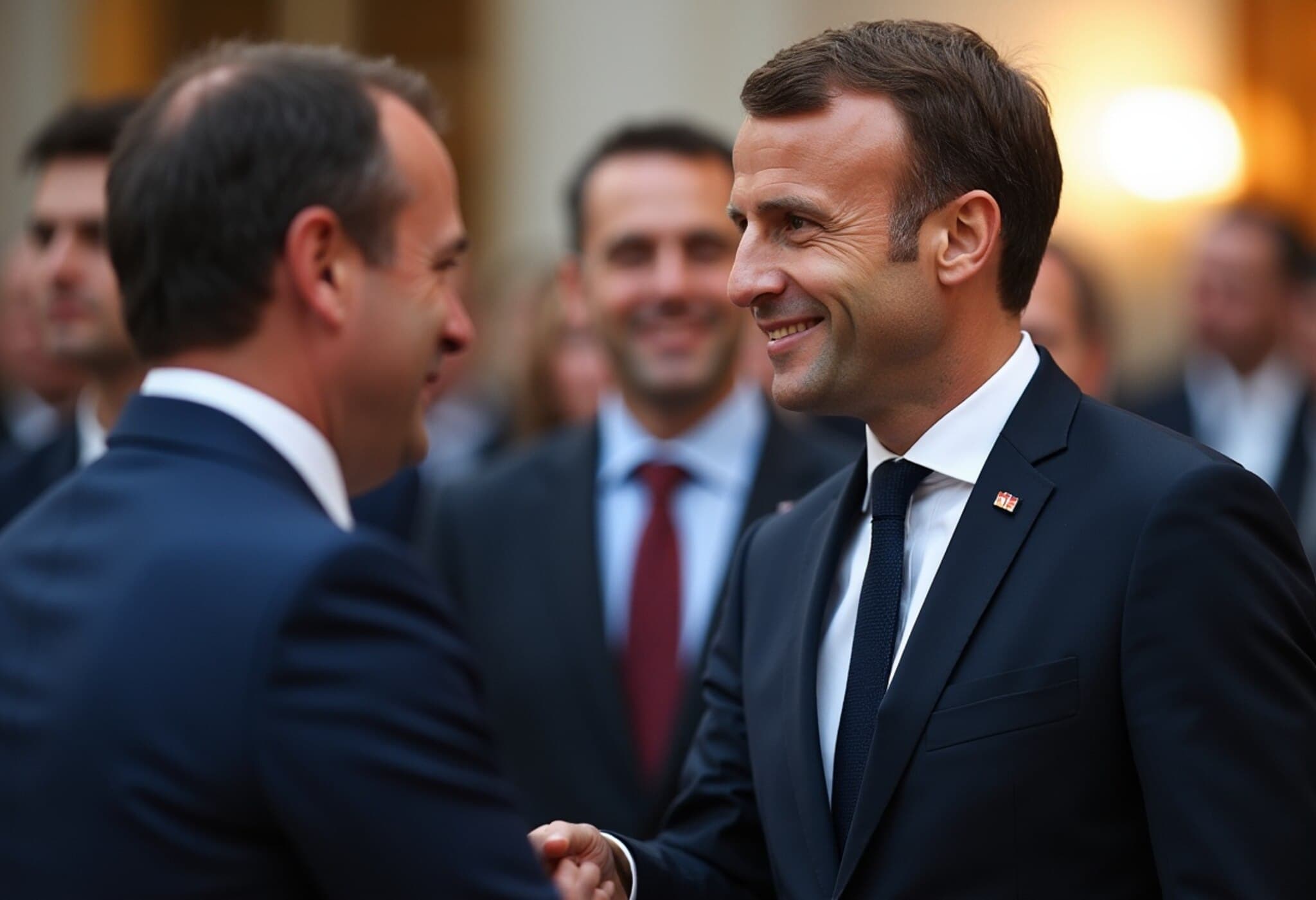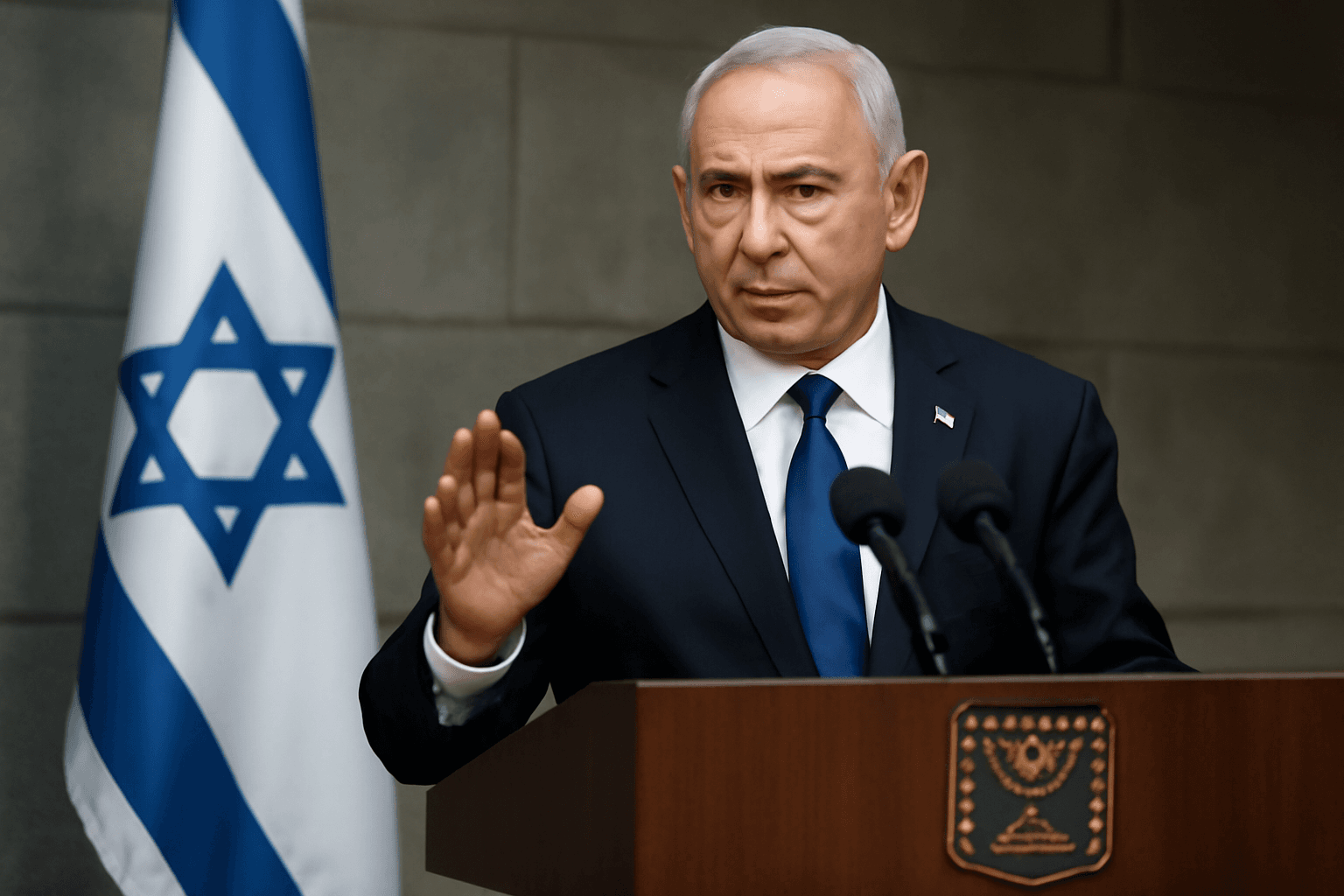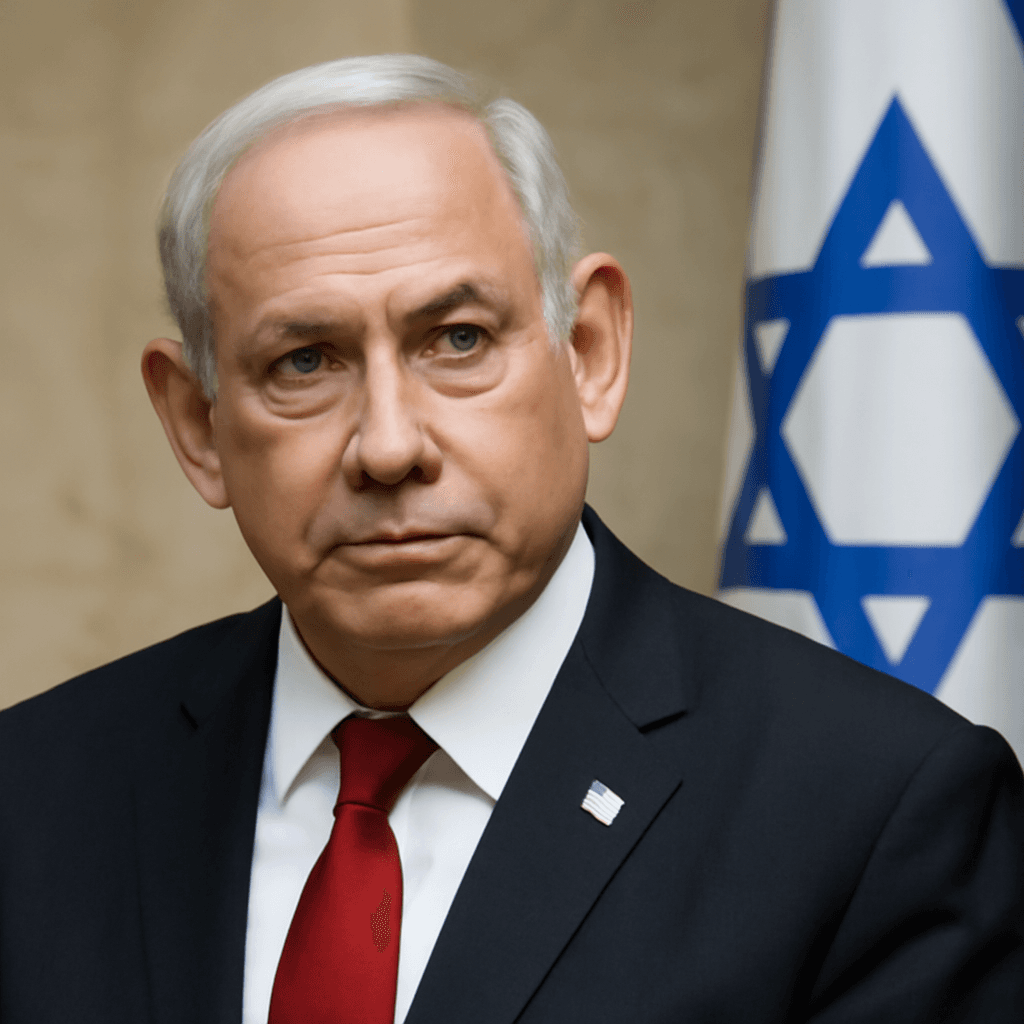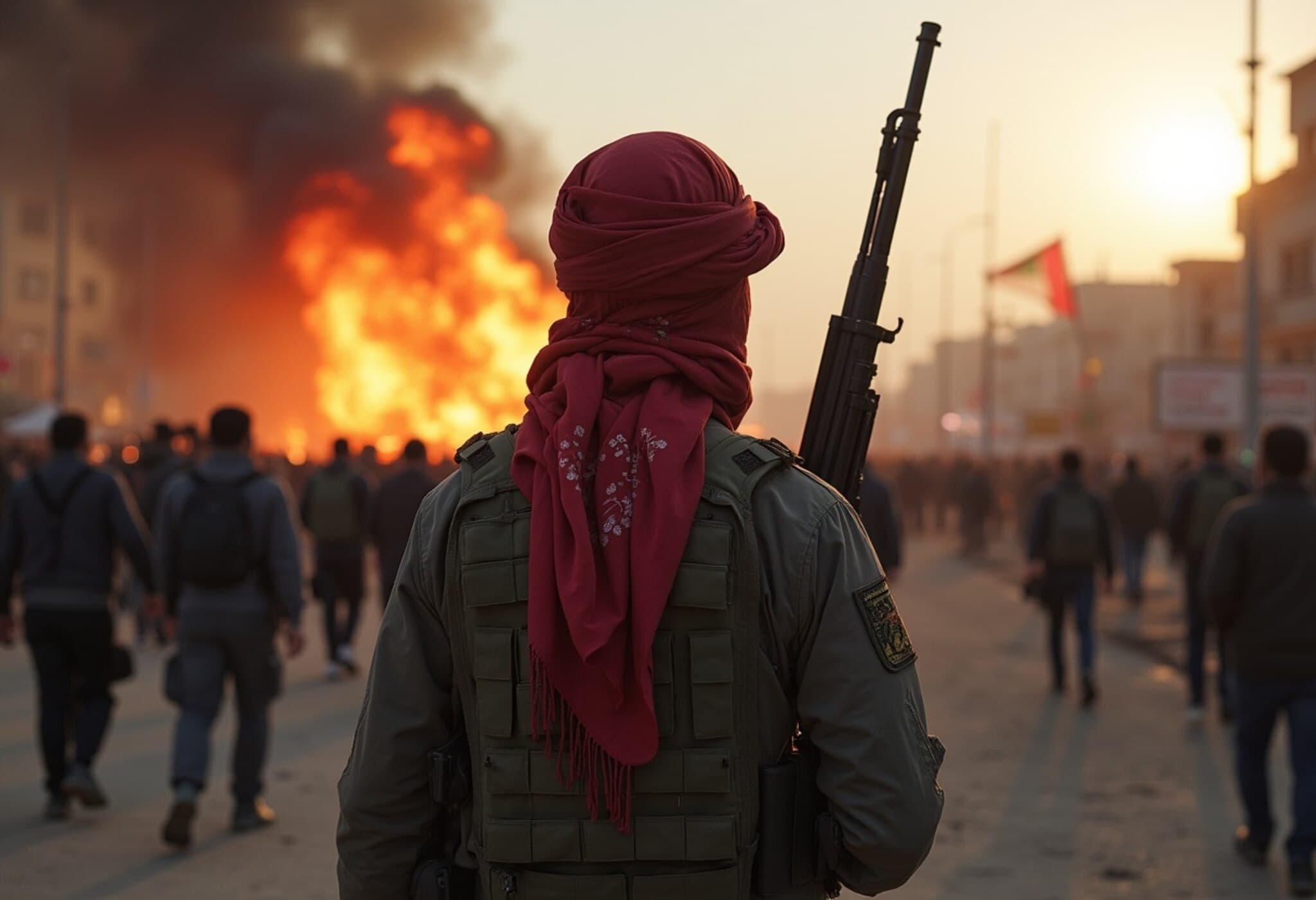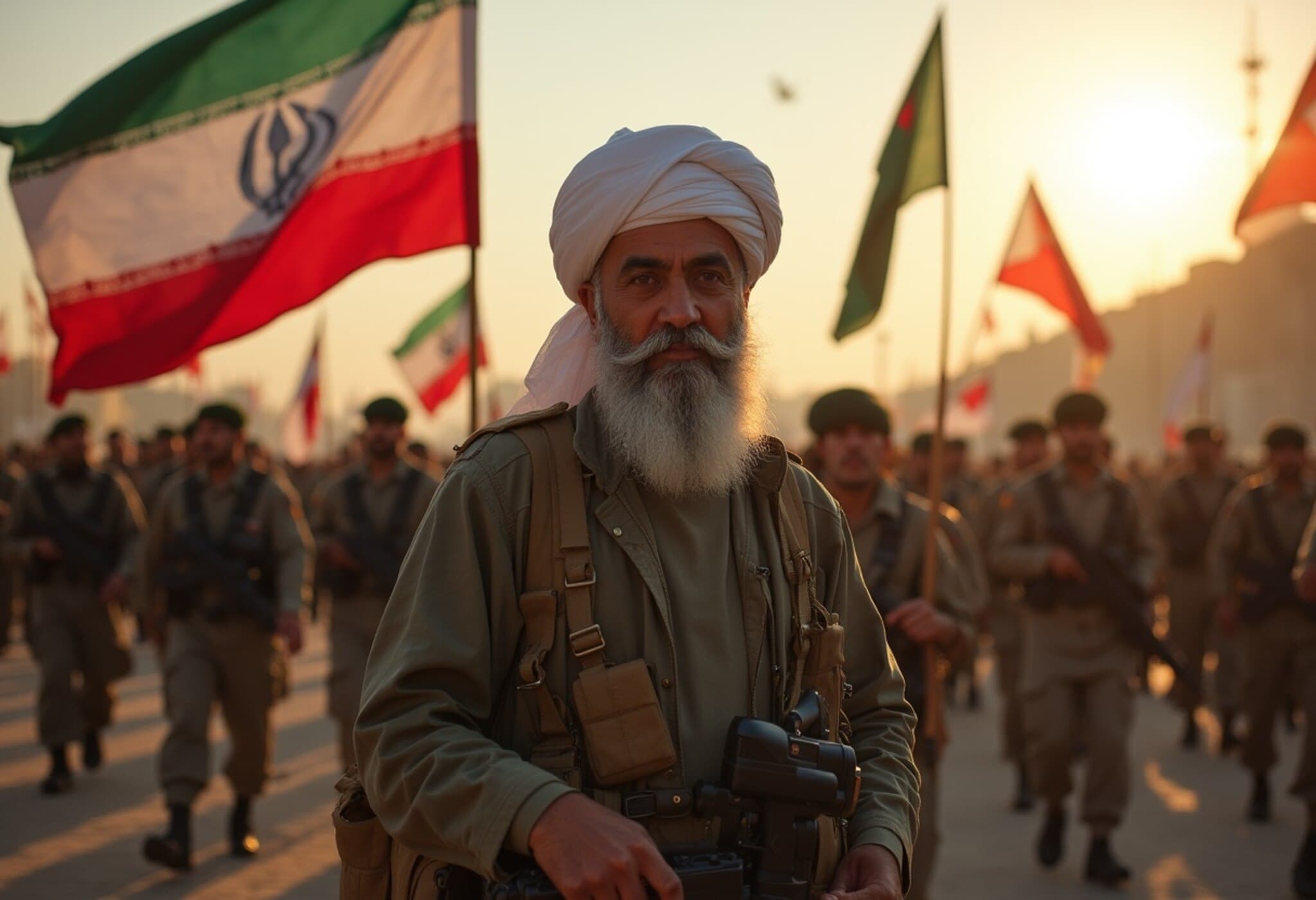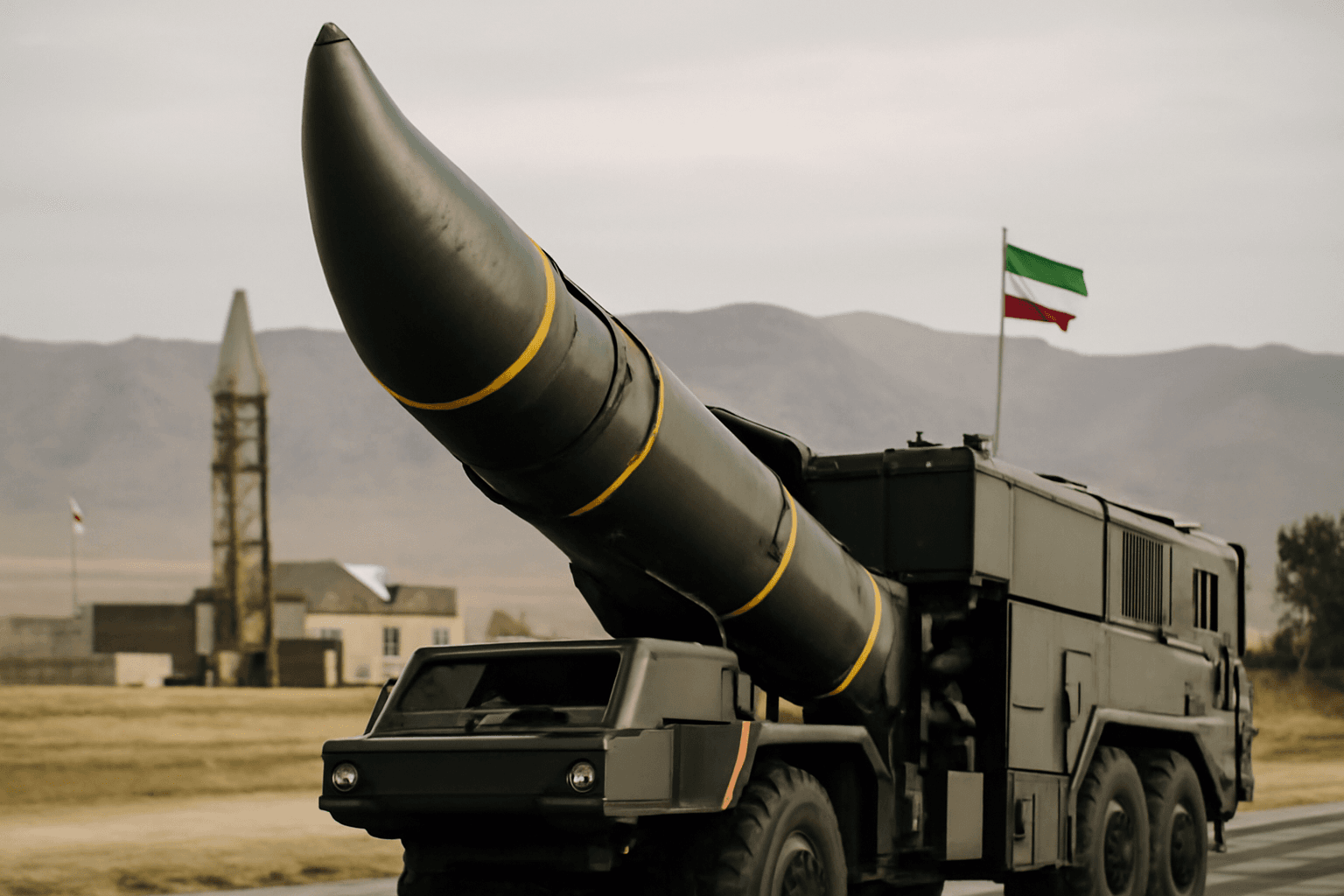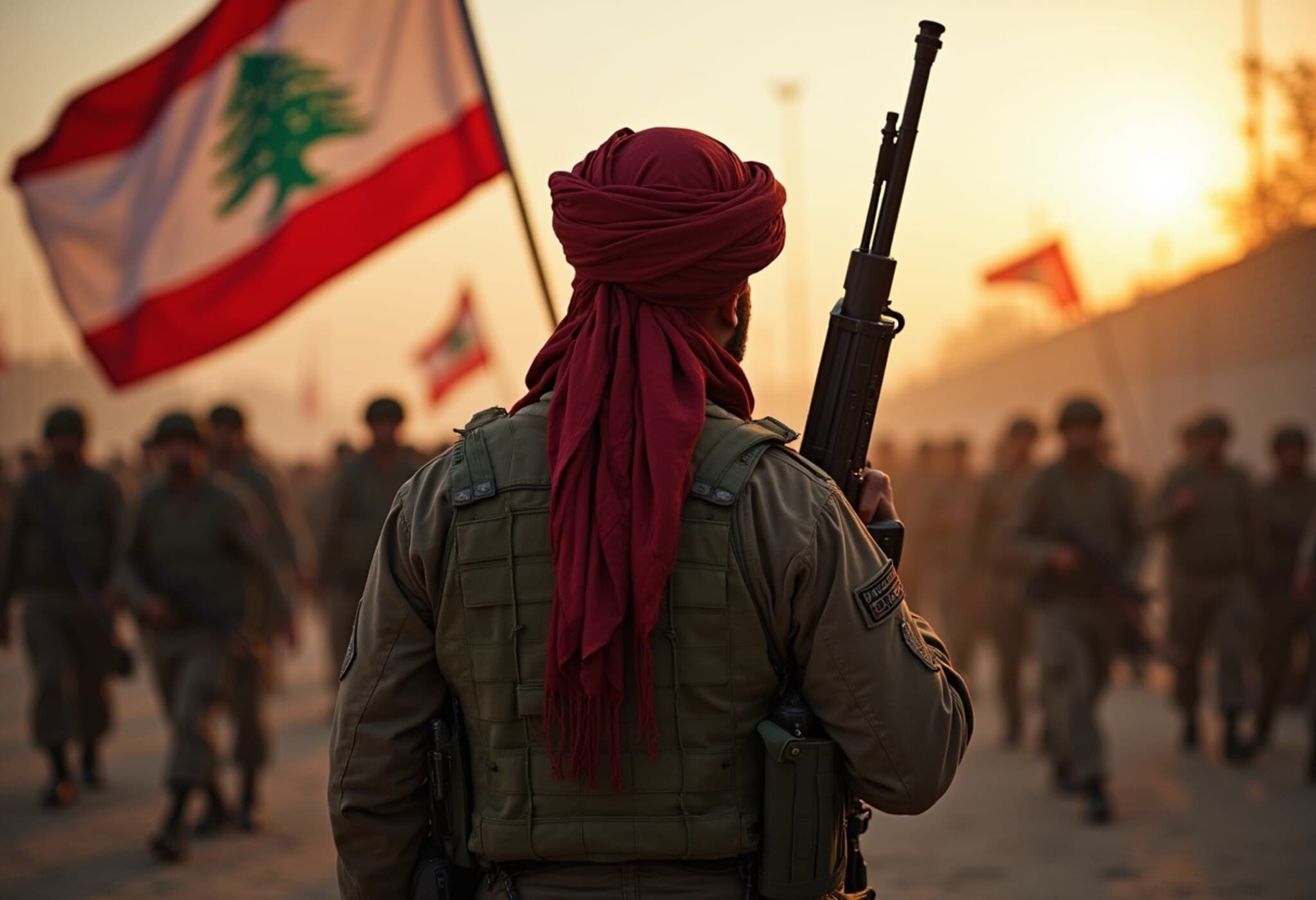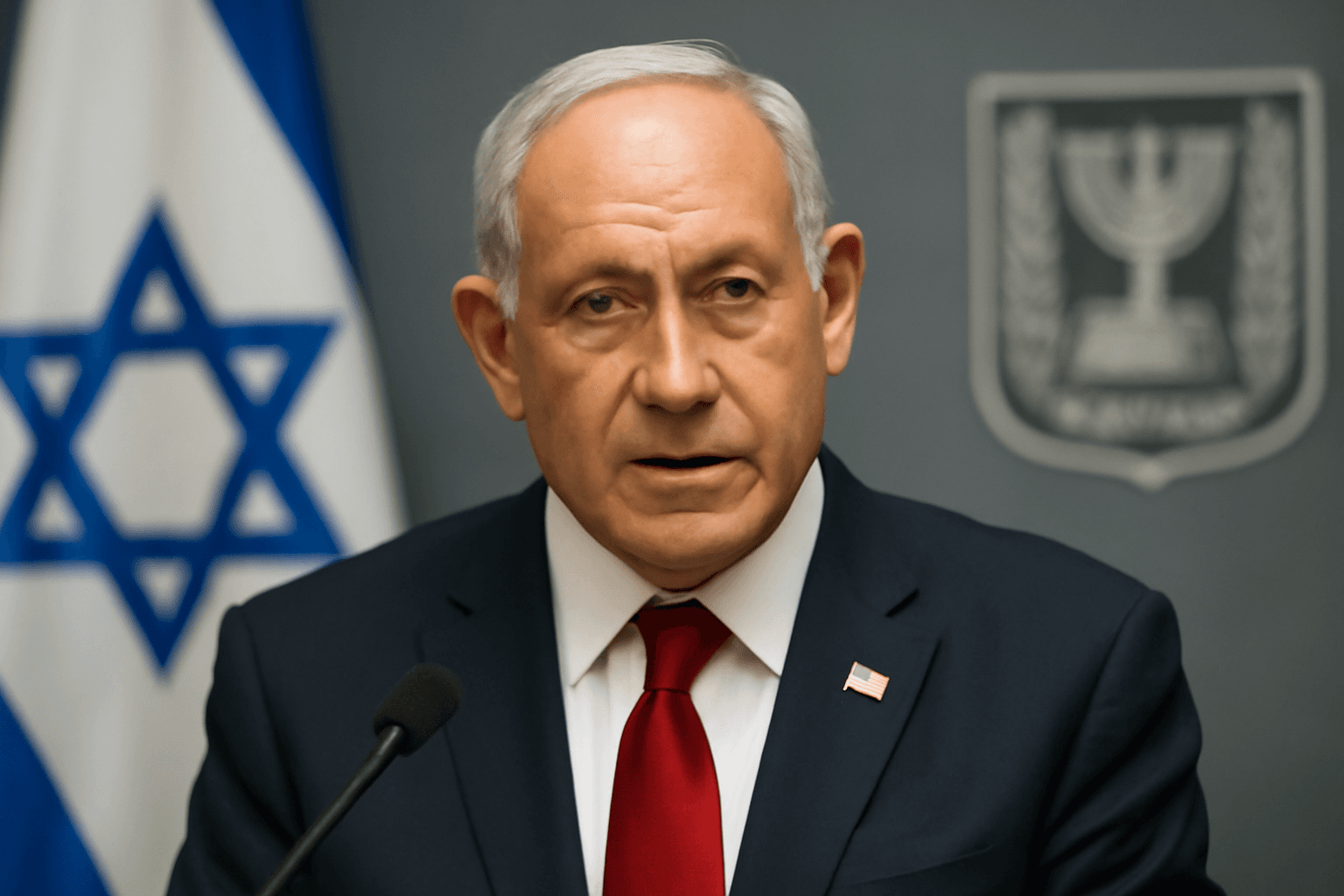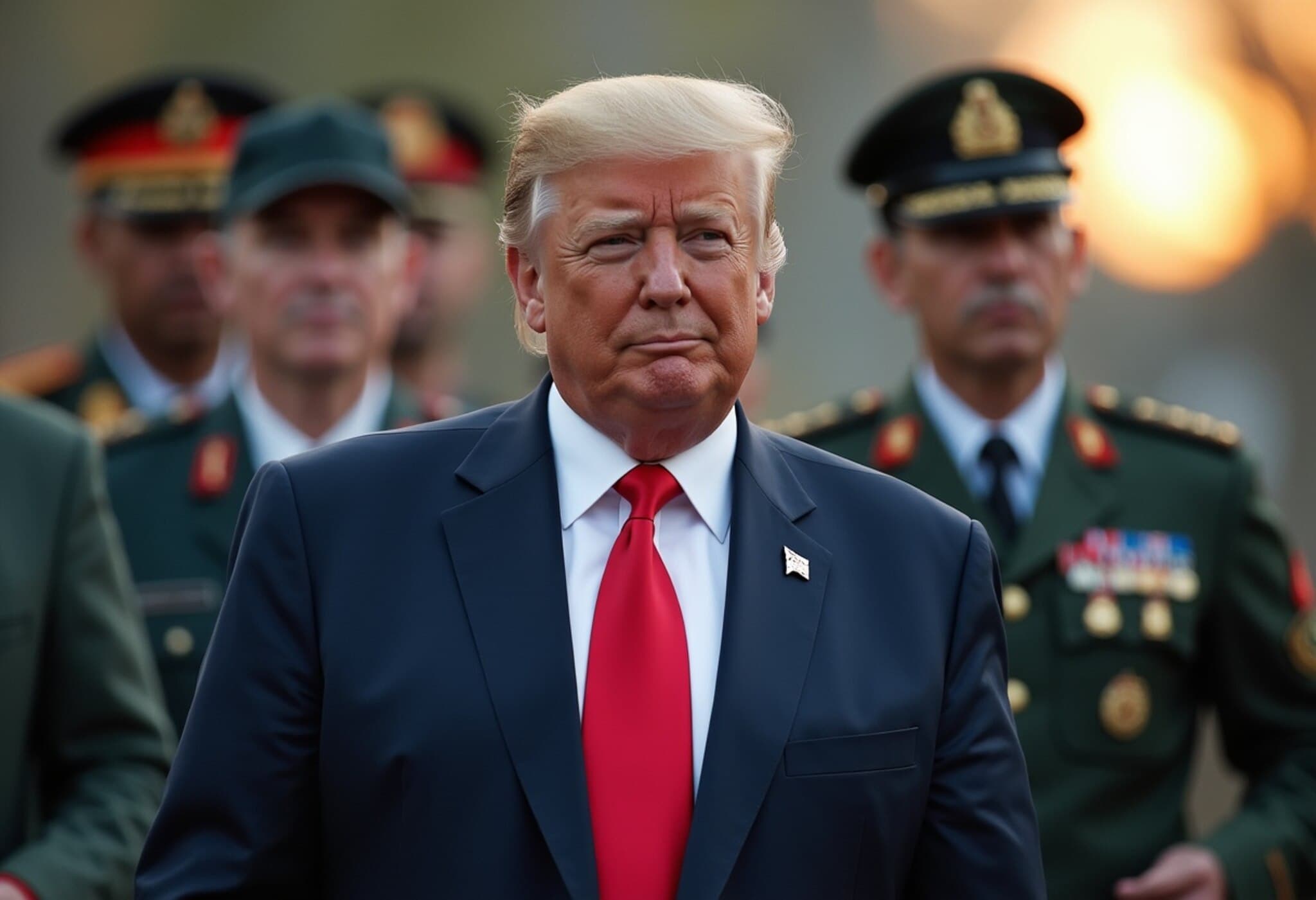Iran’s Proxy Network Stands Quiet as Regional Tensions Escalate
For over 40 years, Iran has maintained a sprawling alliance of proxy groups across the Middle East, known as the Axis of Resistance. This coalition, designed to extend Iran’s influence and counterbalance U.S. and Israeli power, has long been active from Lebanon and Palestine to Iraq and Yemen. Yet, amid recent Israeli strikes targeting Iranian soil, these proxies appear strikingly silent.
The Unexpected Quiet of Hezbollah in Lebanon
Hezbollah, historically Iran’s most powerful proxy, has held back from significant retaliation following Israeli attacks. Once unthinkable, this restraint reflects recent blows to its leadership and operational capacity. The death of Hassan Nasrallah, Hezbollah’s longstanding leader, in a precise Israeli strike marked a critical shift. Its new leadership projects more as Lebanese statesmen than Tehran’s emissaries, with diminished military supplies and disrupted smuggling routes through Syria since the fall of Bashar al-Assad’s regime in late 2024.
Hamas: Fragmented and Depleted
In Gaza, Hamas finds itself battered and fractured after nearly two years of relentless conflict with Israel. Senior leaders like Ismail Haniyeh and Yahya Sinwar have been eliminated, while operational hubs including tunnels, command centers, and rocket factories have been systematically destroyed. Despite initiating the devastating October 7, 2023 attacks that plunged the region into turmoil, Hamas’ remaining leadership and infrastructure remain fragile. Iran’s military support during this period has been limited, largely confined to political condemnation rather than direct military aid.
Iraq’s Shiite Militias: From Militants to Moderators
Where once Iranian-allied Shiite militias in Iraq actively confronted U.S. forces and asserted Tehran’s influence in Baghdad, today their responses are muted. Since Israeli strikes on Iran earlier this year, groups like Kataeb Hezbollah have only issued vague threats, conditioned on U.S. involvement. Iraqi Prime Minister Mohammed al-Sudani, balancing ties to both Iran and Washington, has quietly urged these militias to steer clear of new conflicts, reflecting a cautious leadership approach amid regional volatility.
Houthis in Yemen: Cautious but Still in the Game
The Houthis remain Iran’s most visibly active proxy lately, having launched missile attacks against Israel and maintained inflammatory rhetoric. However, consequential U.S. airstrikes targeting their missile capabilities earlier this year have tempered their overt actions. Although the group stays closely linked with Tehran, their public stance demonstrates increased autonomy and a measured strategic posture.
Beyond the Region: The Wider ‘Quartet of Chaos’
Iran’s allies extend beyond the Middle East, forming a notable bloc with Russia, China, and North Korea — sometimes called the “Quartet of Chaos.” While Russia condemns Israeli strikes as aggression, it refrains from deeper involvement. China, Iran’s largest oil customer, promotes economic ties and international cooperation yet positions itself more as a mediator. North Korea remains a shadowy partner, reportedly aiding Iran’s missile and nuclear ambitions.
India’s Balanced Diplomacy Between Tehran and Jerusalem
India maintains strategic relationships with both Iran and Israel. Besides strong partnerships with Israel in various sectors, India also supports development initiatives in Iran, such as a 10-year contract to operate the Chabahar port signed in 2024, underscoring a pragmatic, balanced approach in this complex geopolitical landscape.
What Does the Silence Mean?
The apparent silence from Iran’s proxies raises pressing questions about the durability and cohesion of Tehran’s regional alliance. Fragmentation, leadership losses, disrupted logistics, and cautious diplomacy seem to have left Iran increasingly isolated in its confrontation with Israel. Whether this quiet signals weakness, strategic recalibration, or underlying fractures remains a critical story unfolding across the Middle East.

